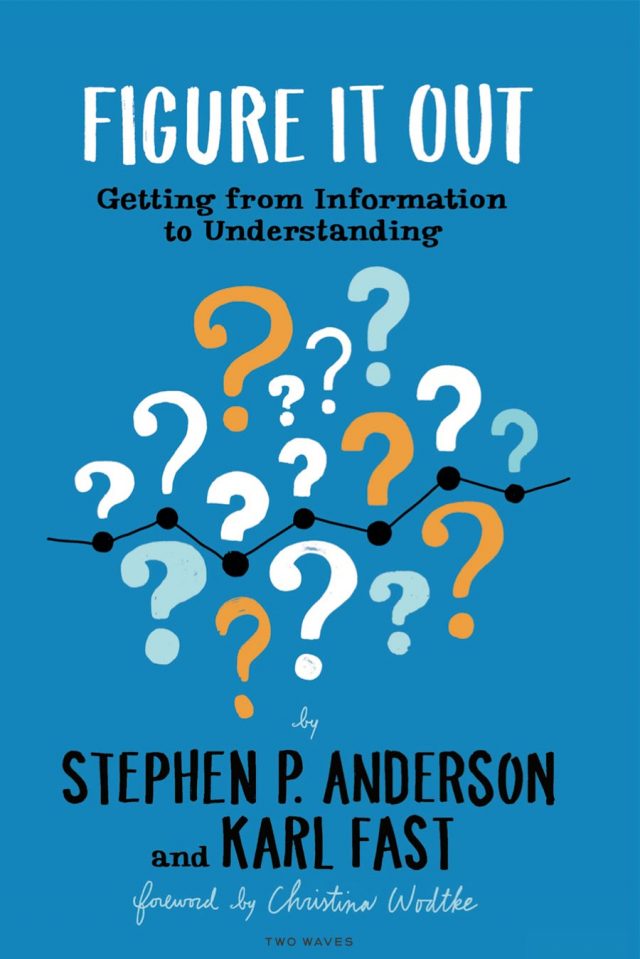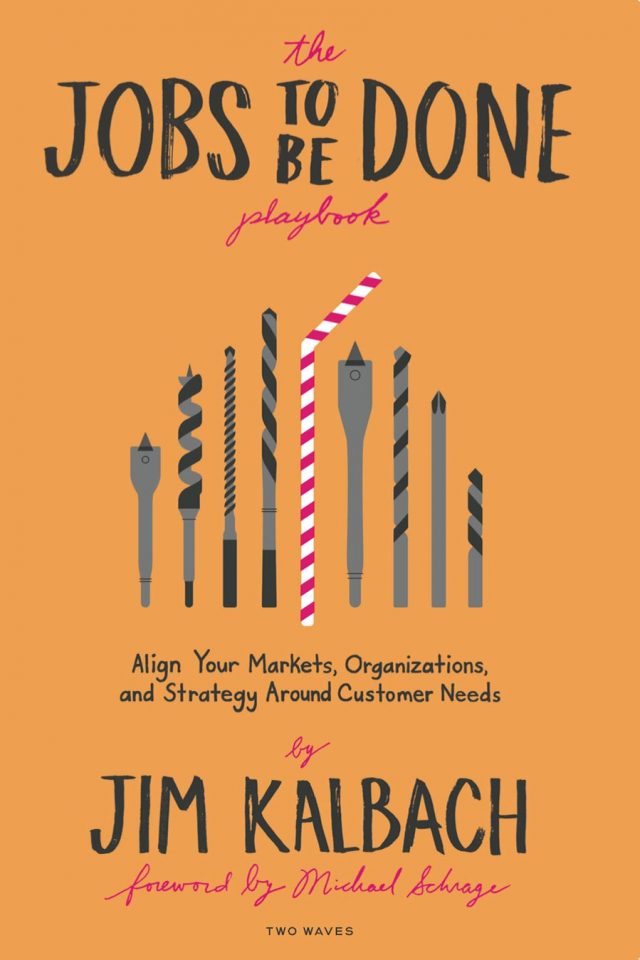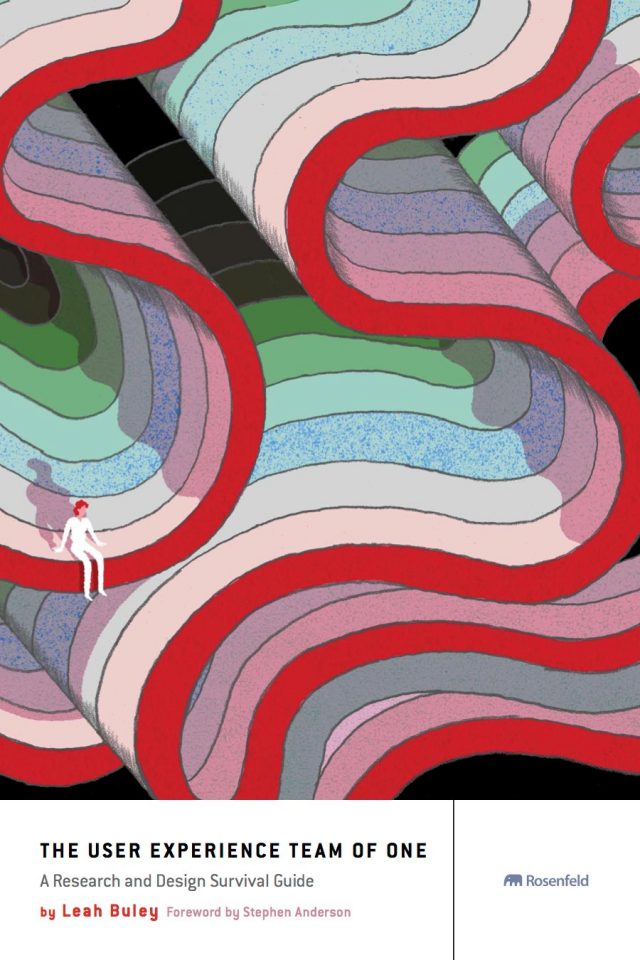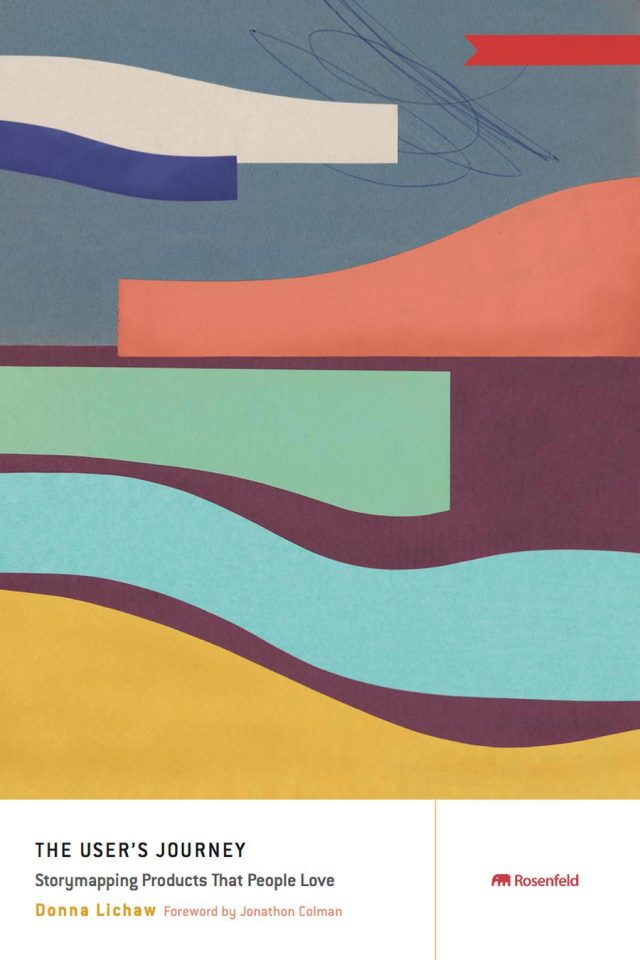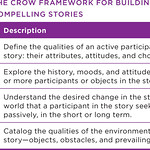Humans are—as far as we know—the only creatures on Earth capable of communicating the same message in multiple modalities, switching at will depending on context and abilities. Other animals sing, snarl, and stridulate (that thing crickets do), but each species has its set of modes, and each of those is constrained to a range of meanings. A blue-footed booby can’t hum its way into the heart of a mate unable to see the kinetic output of its distinctive dance. Vervet monkeys emit a different warning call for each of their four major predators, but lack the same options for a silent signal when danger approaches.
We, however, hit the multimodal jackpot. To convey the deeply human message of your love for someone, you may choose to speak aloud, mouth the words, sign the phrase with a single hand, send a GIF, or nudge an arm, based on what’s most comfortable for you and intelligible to your intended audience. In a slightly different situation, you might choose a different way.
But wow, this gets complicated once we bring digital systems into the mix. No wonder we’ve tried to put off dealing with the full implications, hoping partial solutions like “mobile first” and “conversational UI” could stand in for fully human-centered design. The truth is that focusing on a single device or mode at a time actually leaves a lot of humans behind.
Fortunately, Cheryl is here, not only as an expert and compassionate guide through this new territory, but also to hold us to task. She reminds us that in order to include everyone, we need to question everything. She shares her enthusiasm for technology grounded in the recognition that we all remain people with bodies—a fact that can appear either awkward or inconvenient to designers and technologists.
This book represents the essential next evolution of design for digital systems, integrating everything that has come before and making the principles and process clear, regardless of the reader’s previous area of practice. Even if you aren’t going fully device-independent and multimodal in your work immediately, you will come away better equipped to accommodate the incessant interruptions and device switching that are just a part of daily life with technology now. Your work will be more gracious and humane.
As Cheryl explains in one of several case studies, simply offering a single additional input modality can offer an individual agency over their environment that they lacked before. We toss the word “empowerment” around a lot, but this is it.
Humanity is shared, but each of us is unique in our current context and our capabilities. Read this book. Rise to the challenge issued within. And you can help ensure that everyone can fully participate in the promise of our future. If only we could also wag our tails.
—Erika Hall, Director of Strategy, Mule Design Studio


